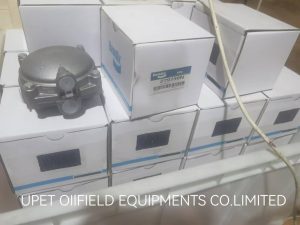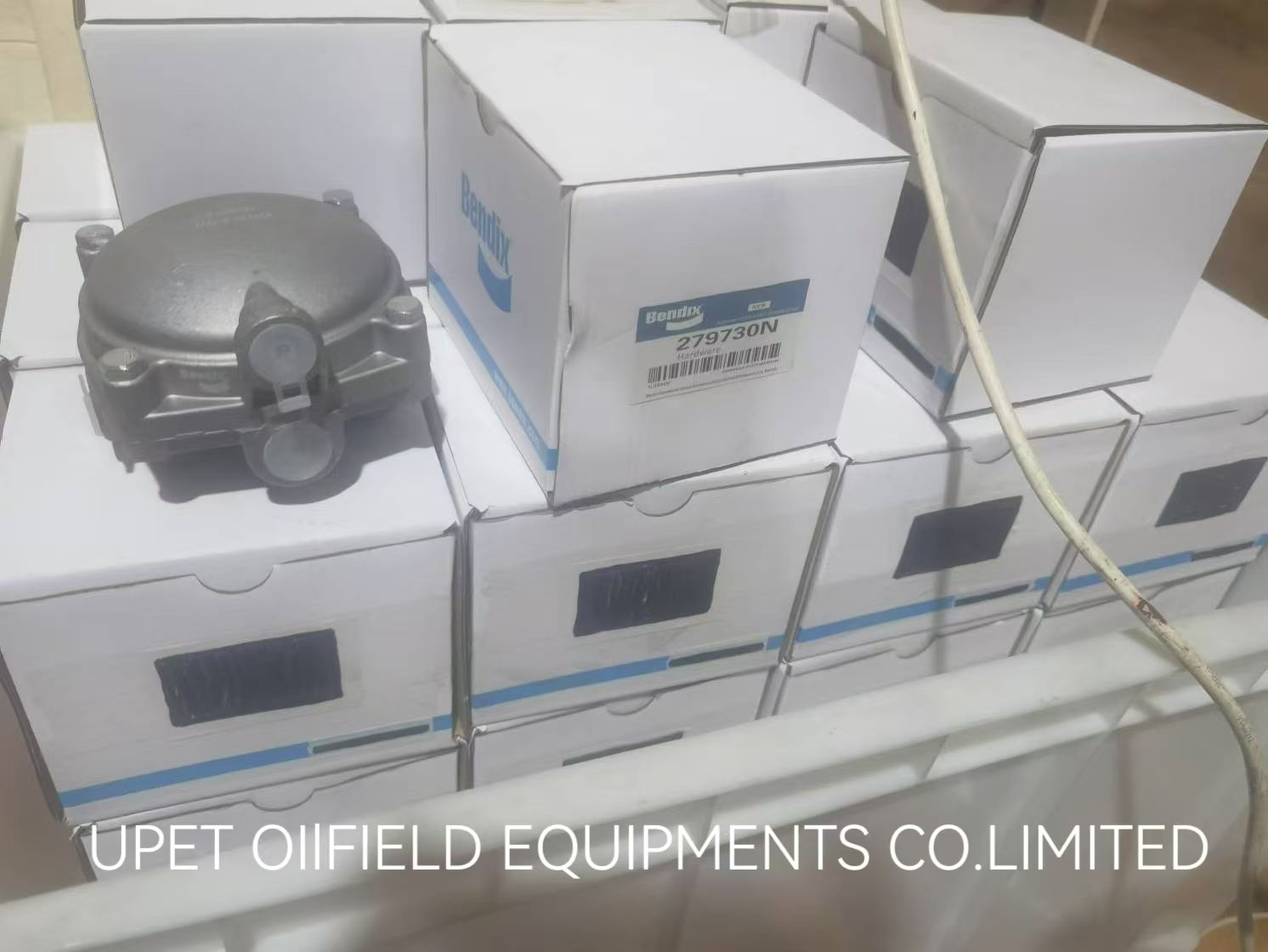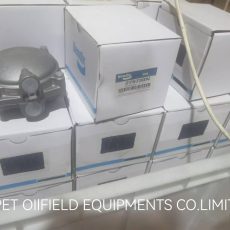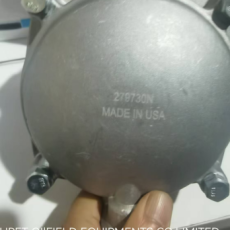Description
Detailed introduction of R-6 relay valve
Basic concepts and working principles
R-6 relay valve is an important pneumatic component mainly used to control and manage the flow of gas. It can effectively distribute the input compressed air to different air paths through specific structural design, thereby achieving the switching and control of various pneumatic functions.
Product Description
Structural composition
The R-6 relay valve is mainly composed of the following parts:
Gas storage chamber: used for storing compressed air.
Manipulate the air source to act on the air chamber: receive signals from the control system and drive the relay piston to move.
Connected brake chamber chamber: Compressed air is transmitted to the brake chamber through the control of the relay piston.
Emergency piston reaction chamber: In emergency situations, it quickly responds through specific mechanisms to achieve emergency braking function 1.
working principle
The working principle of R-6 relay valve can be divided into the following key steps:
Working brake: When the driver steps on the brake pedal, compressed air enters the relay piston chamber through the control air source inlet, pushing the relay piston to move downward, closing the exhaust valve, opening the intake valve, and allowing compressed air to enter the brake chamber, producing a braking effect.
Feedback braking: When the semi-trailer air reservoir is inflated, some compressed air reacts with the brake chamber through the emergency piston, producing feedback braking effect. When the air pressure in the reservoir increases to a certain level, the emergency piston moves down and releases feedback brake 1.
Emergency braking: In case of emergency, such as damage to the inflation pipeline, the pressure in the emergency piston reaction chamber drops to zero. The emergency piston moves upward under the action of the balance spring, opens the intake valve, and allows compressed air to directly enter the brake chamber, achieving emergency braking.










